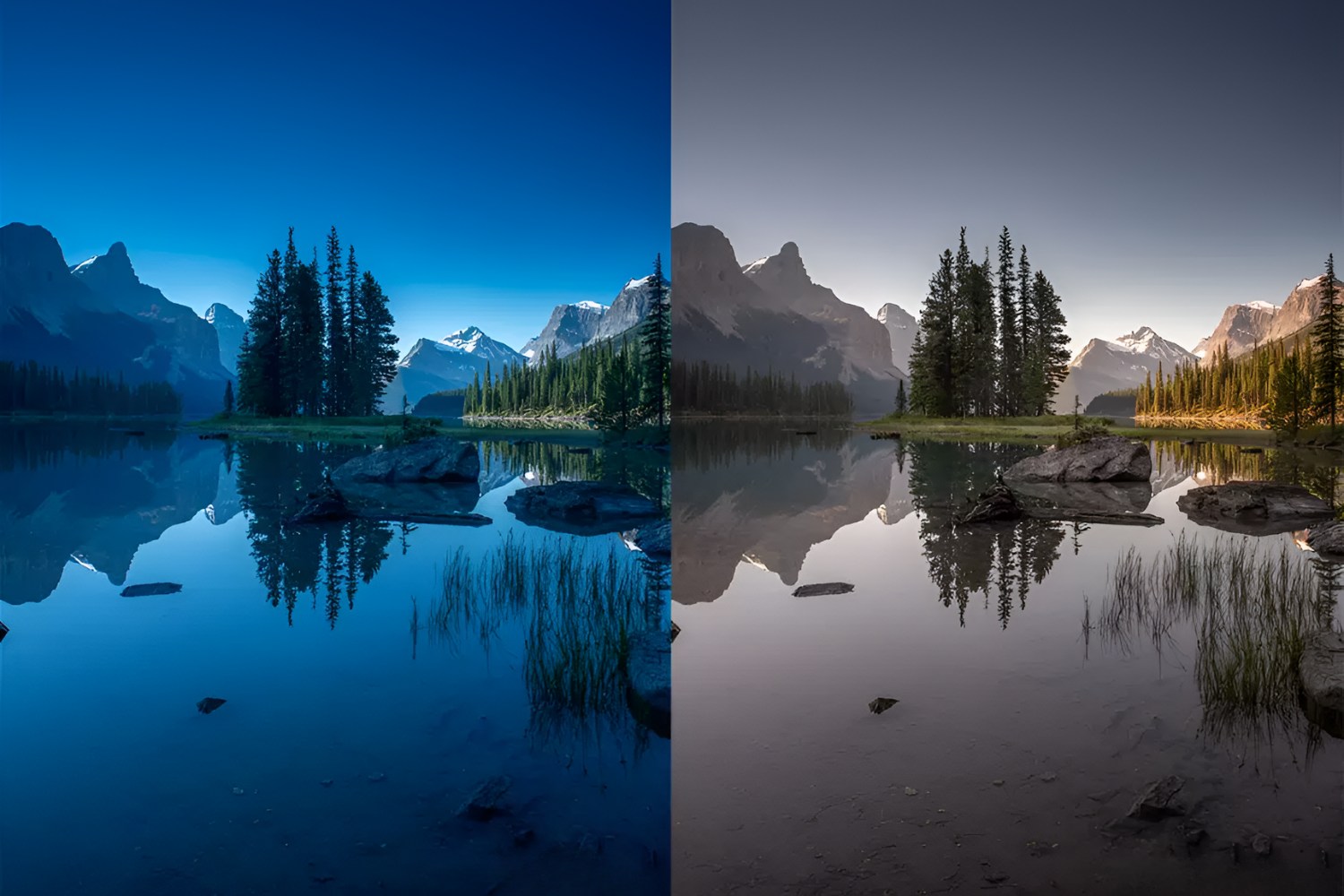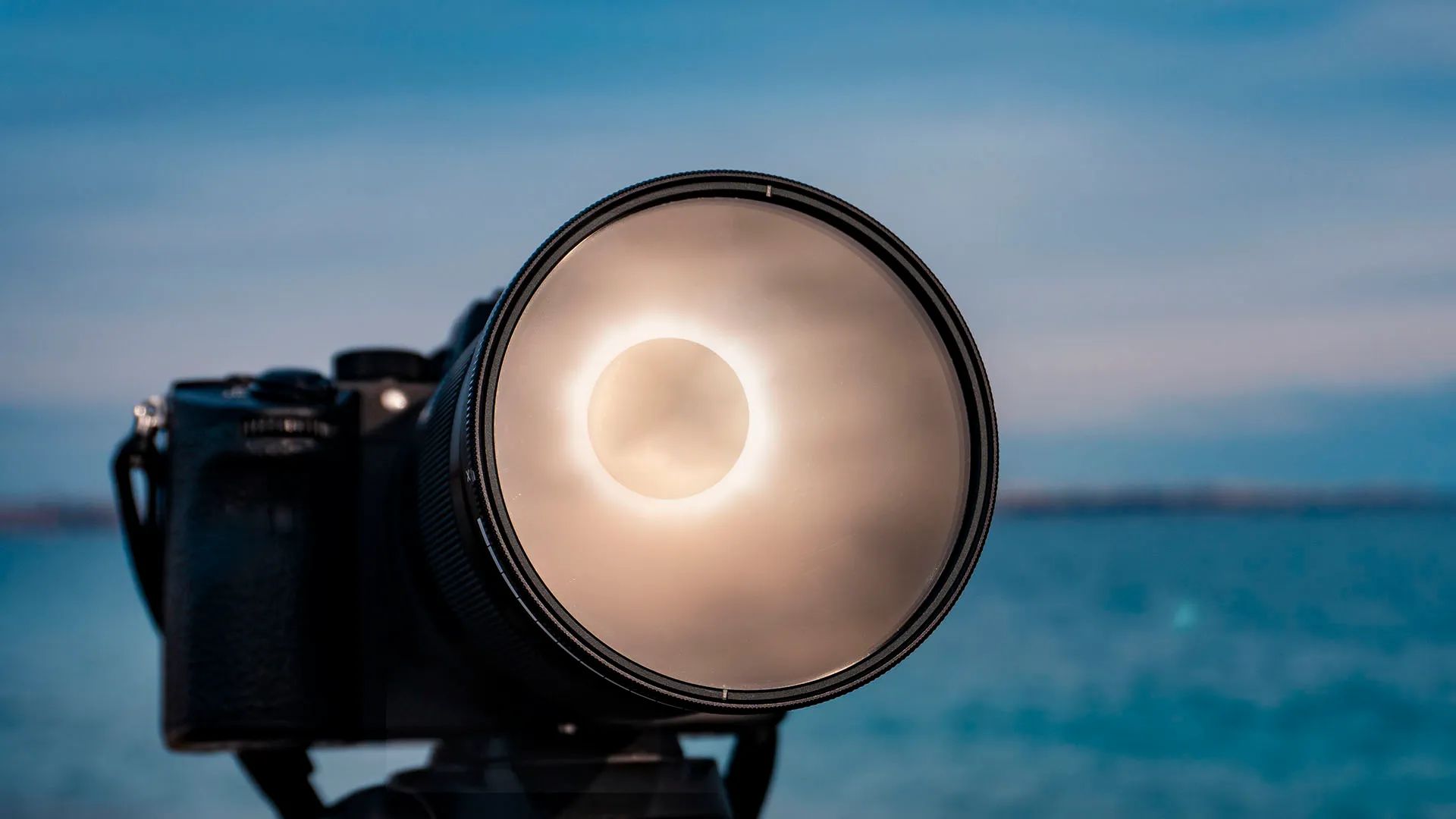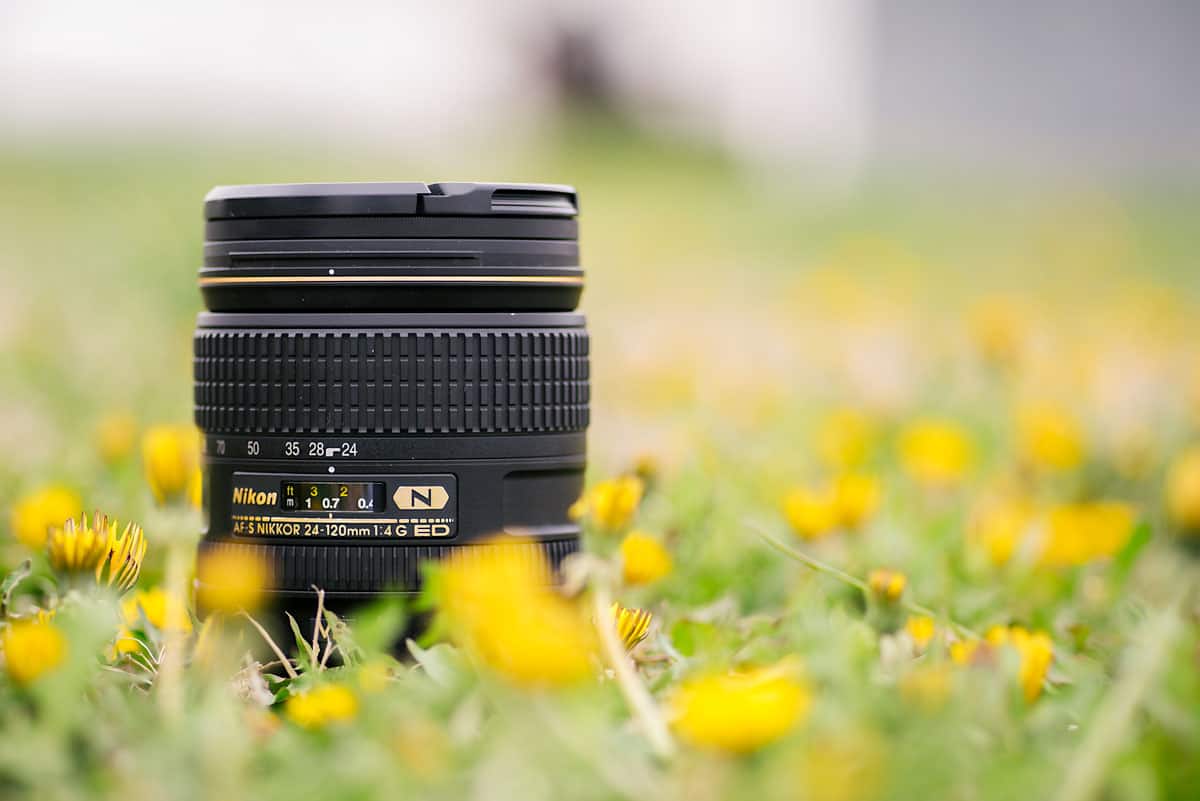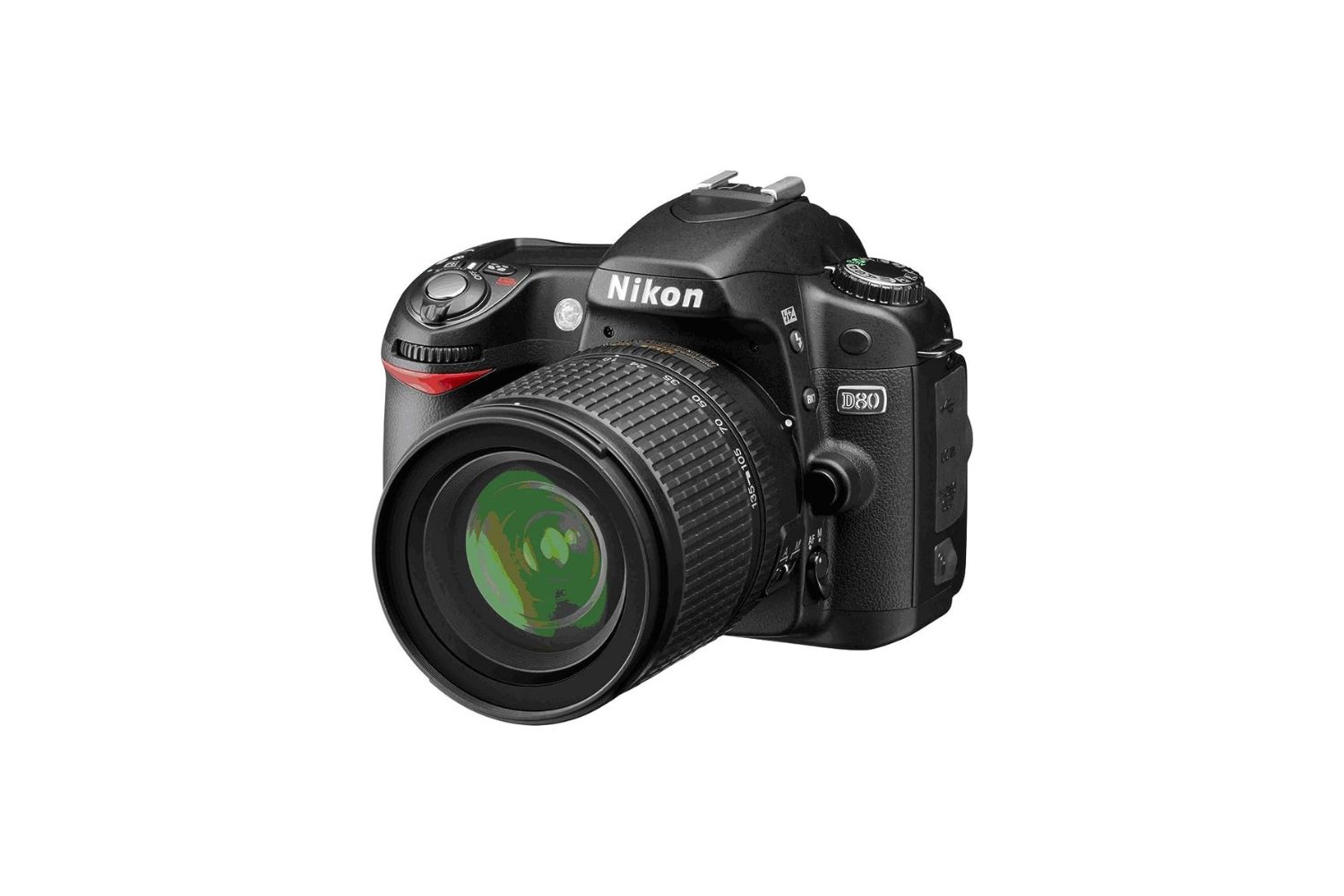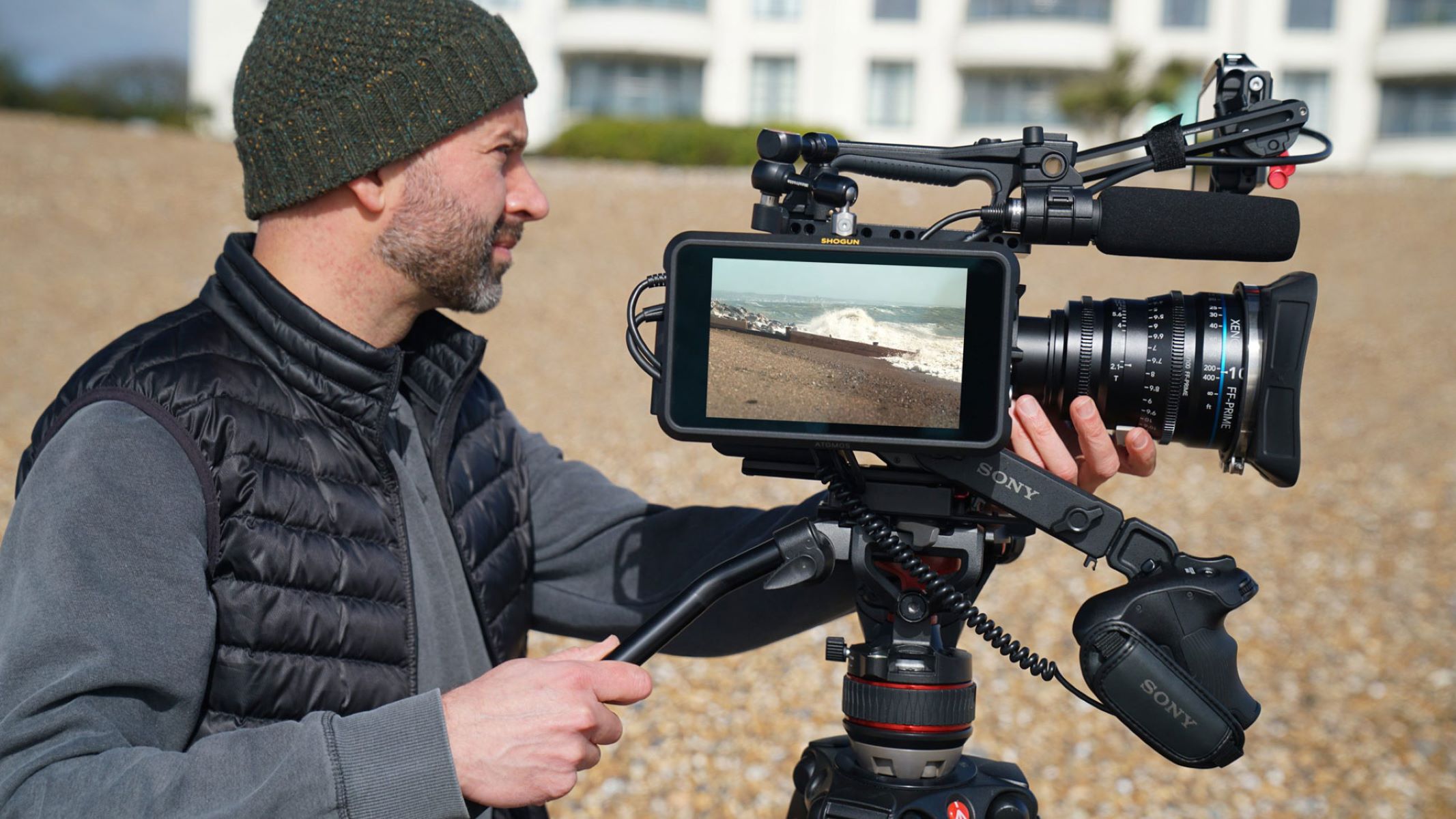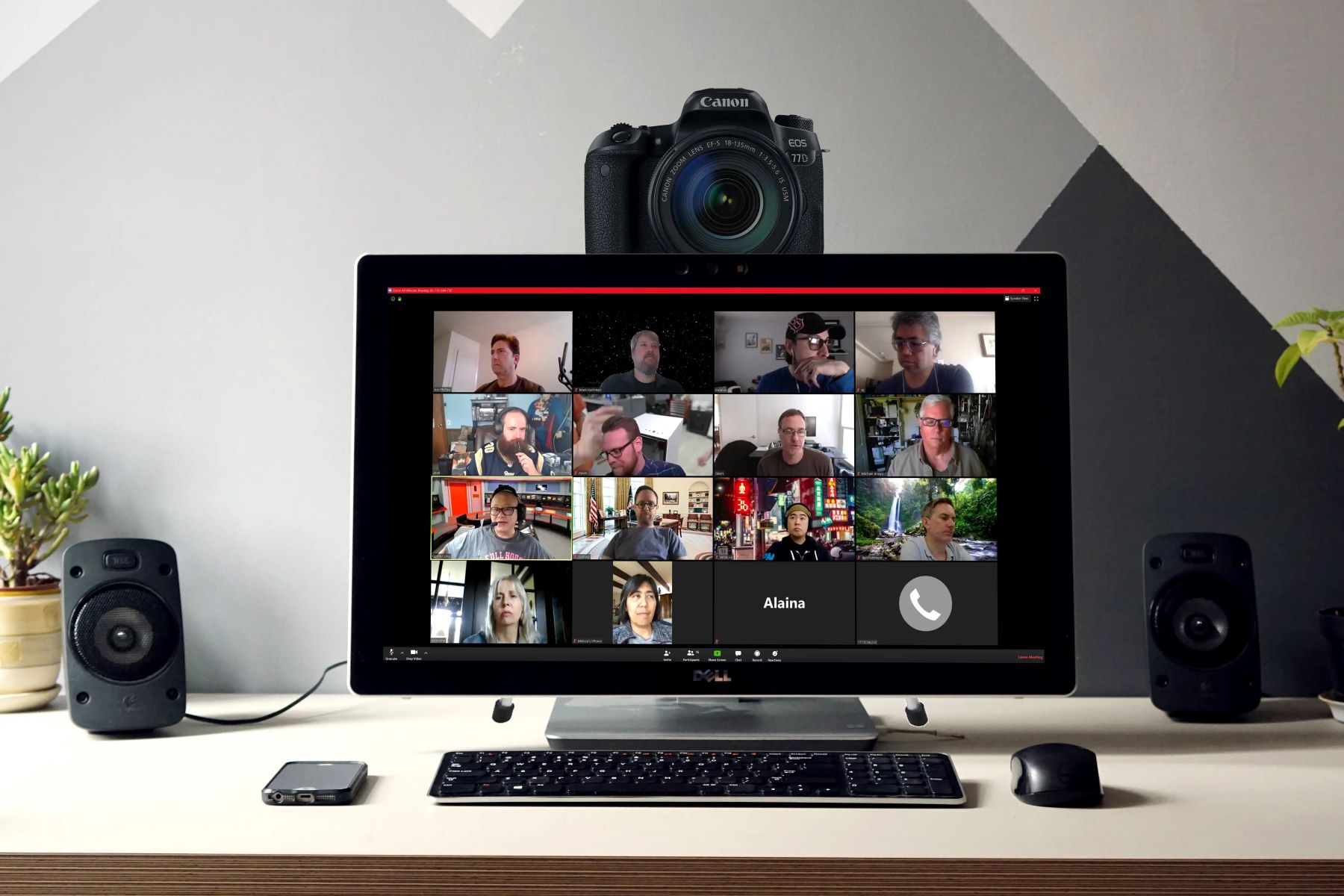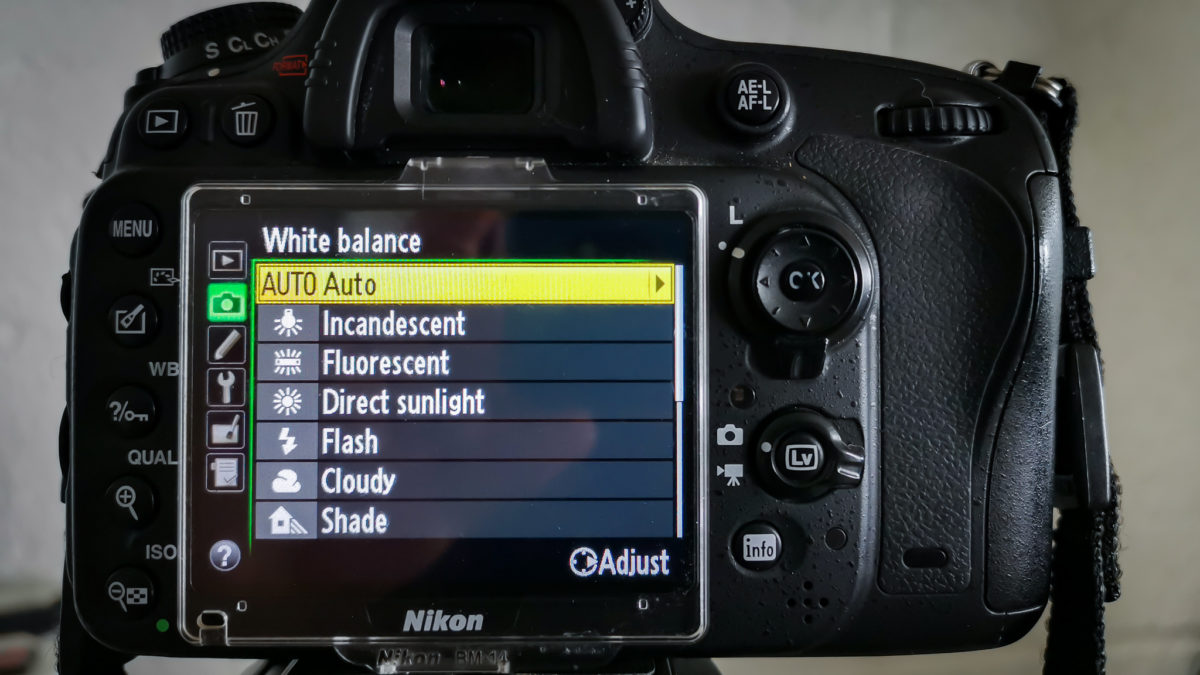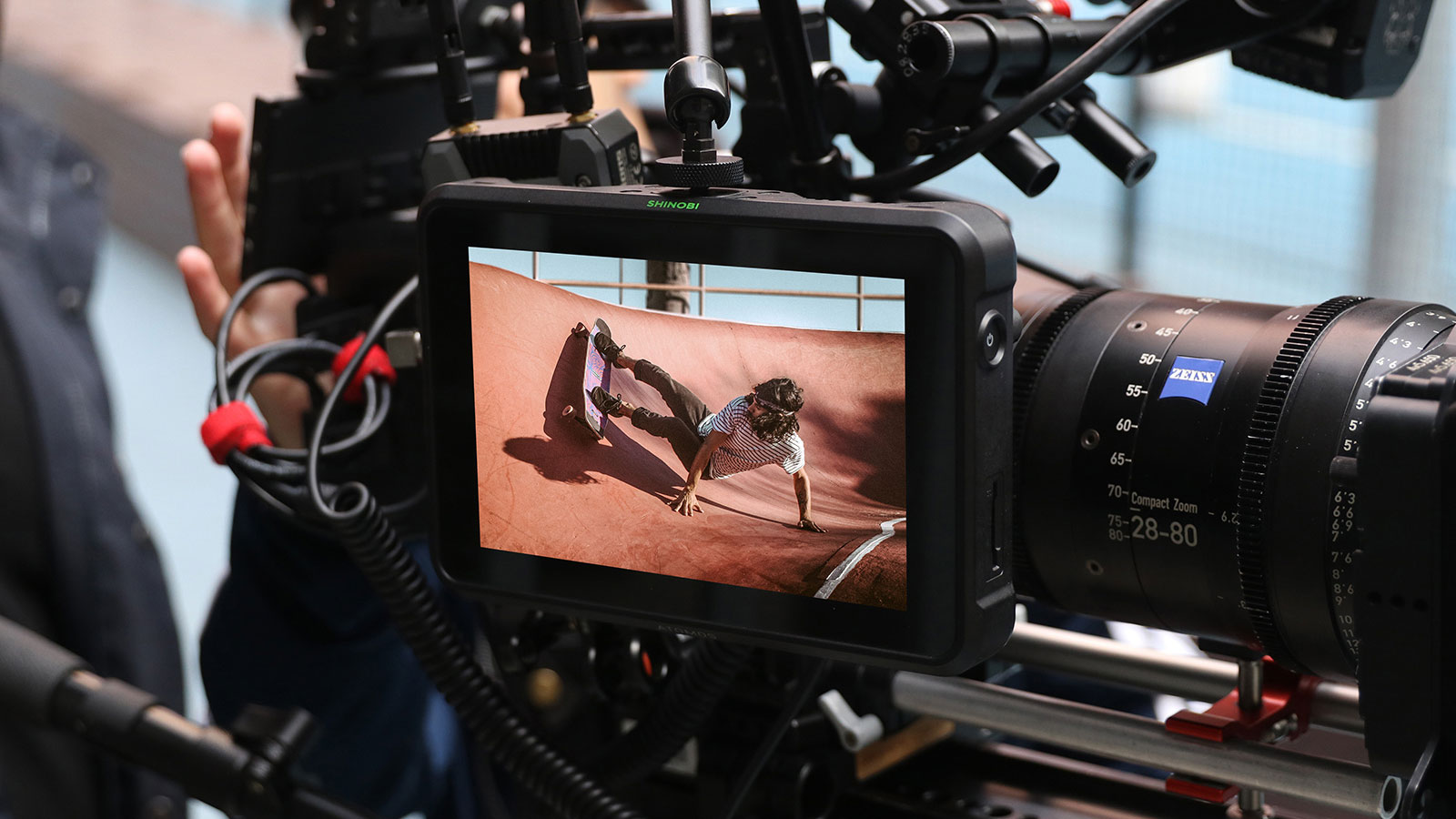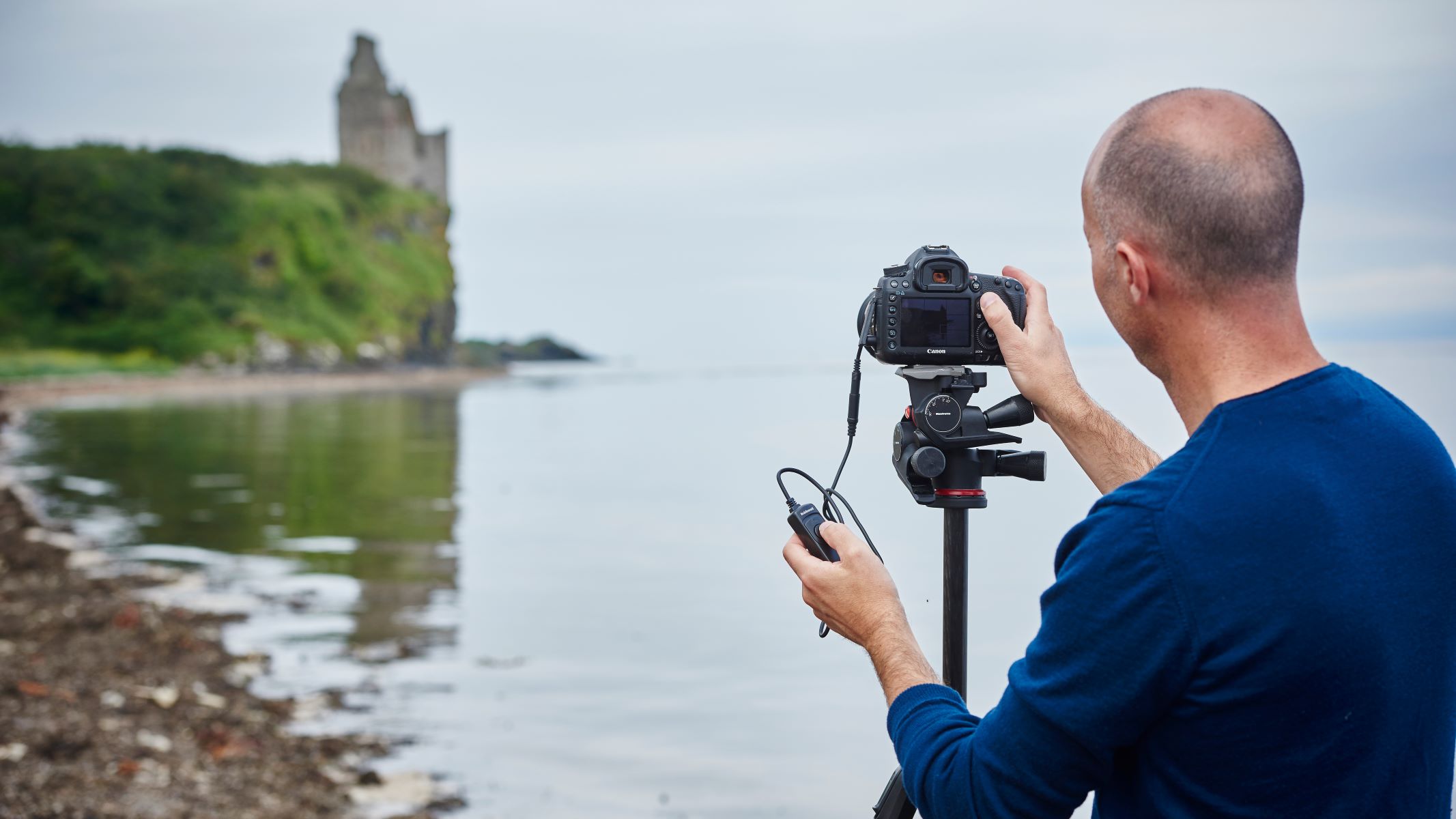Introduction
Welcome to the world of digital photography! As a DSLR camera enthusiast, you may have encountered the common issue of a blue cast appearing in your photos. This pesky blue tint can detract from the true vibrancy and beauty of your images. However, fear not, as there are several effective methods to combat this nuisance and restore the natural colors in your photographs.
Whether you are a professional photographer or an avid hobbyist, understanding how to remove the blue cast from your DSLR camera photos is an invaluable skill. By mastering this technique, you can elevate the quality of your images and unleash the full potential of your camera equipment.
In the following sections, we will delve into the intricacies of white balance adjustment, the use of filters, and post-processing techniques to rectify the blue cast issue. By gaining a comprehensive understanding of these methods, you will be equipped with the knowledge and skills to capture stunning, true-to-life photographs with your DSLR camera.
So, grab your camera, and let's embark on a journey to uncover the secrets of banishing the blue cast from your pictures. Whether you're photographing landscapes, portraits, or still life, the insights and techniques shared in this guide will empower you to produce captivating, color-accurate images that truly reflect the beauty of the world through your lens.
Understanding Blue Cast
Before delving into the techniques for removing the blue cast from DSLR photos, it’s crucial to grasp the underlying causes of this phenomenon. A blue cast, also known as a blue tint or color cast, occurs when the color temperature of the light source does not align with the camera’s white balance settings. This misalignment can result in an overabundance of blue tones in the captured image, distorting the true colors and creating an undesirable cool hue.
One common scenario where a blue cast may manifest is when shooting in natural outdoor lighting during the early morning or late afternoon. The color temperature of the sunlight during these times tends to be cooler, leaning towards the blue end of the spectrum. As a result, if the camera’s white balance setting is not adjusted to compensate for this cooler light, the photos may exhibit a noticeable blue tint.
Additionally, indoor environments illuminated by artificial light sources, such as fluorescent or LED bulbs, can also contribute to the appearance of a blue cast. These light sources often emit light with a cooler color temperature, further exacerbating the issue if the camera’s white balance is not appropriately configured.
Understanding the interplay between light sources, color temperatures, and white balance is fundamental to effectively addressing the blue cast in DSLR photos. By honing your knowledge of these factors, you can proactively adjust your camera settings and employ corrective measures to capture images with accurate and natural color reproduction.
Now that we’ve laid the groundwork for comprehending the nature of the blue cast, let’s explore the methods for rectifying this issue and reclaiming the authentic colors in your DSLR photographs.
Adjusting White Balance
One of the most fundamental and effective methods for combating the blue cast in DSLR photos is through the adjustment of white balance settings. White balance serves as a pivotal aspect of photography, as it determines how the camera interprets and compensates for different light sources, thereby ensuring accurate color representation in the captured images.
When faced with a blue cast, the white balance settings on your DSLR camera can be fine-tuned to counteract the excessive cool tones and restore a natural color balance. Most DSLR cameras offer a range of white balance presets, such as daylight, shade, cloudy, tungsten, fluorescent, and flash, each tailored to specific lighting conditions. By selecting the appropriate white balance preset that corresponds to the prevailing lighting environment, you can mitigate the presence of a blue cast and achieve color fidelity in your photographs.
Furthermore, many DSLR cameras also provide the option for custom white balance adjustment, allowing photographers to manually calibrate the white balance based on the unique characteristics of the light source. This hands-on approach empowers photographers to precisely neutralize the blue cast by capturing a reference image of a neutral-colored object under the prevailing lighting conditions and using it to set a custom white balance value.
For photographers seeking greater control over white balance correction, some advanced DSLR models offer the flexibility to fine-tune the color temperature and tint parameters directly, enabling meticulous adjustments to counteract the blue cast and attain optimal color accuracy.
By mastering the art of white balance adjustment, photographers can effectively address the blue cast issue at the source, ensuring that their DSLR photos exude the true-to-life colors and visual allure intended by the photographer.
Now that we’ve explored the pivotal role of white balance adjustment in rectifying the blue cast, let’s delve into additional techniques, such as using filters and post-processing methods, to further enhance the color accuracy and vibrancy of DSLR photographs.
Using Filters
When confronted with a persistent blue cast in DSLR photos, photographers can harness the power of filters to exert precise control over color balance and temperature, thereby mitigating the prevalence of cool tones and restoring the natural color rendition in their images.
One of the primary filters utilized to counteract the blue cast is the warming filter, often denoted by its numerical value in degrees Kelvin. Warming filters are designed to introduce warmer tones, such as subtle red and amber hues, into the captured images, effectively neutralizing the excessive coolness that contributes to the blue cast. By strategically applying a warming filter that aligns with the color temperature of the prevailing light source, photographers can impart a pleasing warmth to their photos and rectify the undesirable blue tint.
Additionally, color correction filters, such as the magenta or coral filters, can be employed to selectively counterbalance the dominance of blue tones, thereby restoring a harmonious color equilibrium in the photographs. These filters serve as invaluable tools for photographers seeking precise and targeted color adjustments to mitigate the impact of a blue cast and achieve accurate color reproduction.
Furthermore, for photographers who prefer the convenience of digital post-processing, software-based filters and plugins offer a myriad of options for fine-tuning color balance and temperature. These digital filters provide a versatile and non-destructive means of addressing the blue cast, allowing photographers to experiment with various color correction techniques and achieve the desired aesthetic without the need for physical lens filters.
By integrating filters into their photographic arsenal, photographers can effectively counteract the blue cast and infuse their DSLR photos with vibrant, true-to-life colors that resonate with the visual authenticity of the captured scenes.
Now that we’ve explored the valuable role of filters in mitigating the impact of the blue cast, let’s venture into the realm of post-processing techniques, where additional avenues for color correction and enhancement await.
Post-Processing Techniques
Post-processing serves as a powerful realm where photographers can wield an array of tools and techniques to rectify the blue cast and elevate the color accuracy of their DSLR photos. Whether utilizing dedicated photo editing software or leveraging the capabilities of camera raw processing, photographers can employ an assortment of post-processing methods to fine-tune color balance, temperature, and overall color rendition.
One of the primary post-processing techniques for addressing the blue cast is the adjustment of color temperature and tint. Most photo editing software provides intuitive sliders or numerical inputs that enable photographers to precisely manipulate the color temperature and tint parameters, thereby neutralizing the excessive coolness that contributes to the blue cast and restoring a natural color equilibrium in the images.
Furthermore, selective color adjustments can be employed to target and mitigate the prevalence of blue tones within specific areas of the photograph, allowing photographers to exert nuanced control over color balance and temperature. By selectively fine-tuning the saturation and luminance of blue hues, photographers can effectively counteract the impact of the blue cast and enhance the overall color fidelity of their images.
Additionally, the utilization of color grading techniques can impart a distinctive aesthetic to DSLR photos while simultaneously addressing the blue cast issue. By applying subtle color grading adjustments, photographers can infuse their images with nuanced tonal variations and stylistic color harmonies, effectively mitigating the prominence of blue tones and achieving a visually captivating color palette.
Moreover, for photographers seeking a non-destructive approach to post-processing, the utilization of adjustment layers and non-destructive editing tools offers the flexibility to experiment with various color correction techniques without permanently altering the original image data. This approach empowers photographers to iteratively refine their color adjustments and meticulously address the blue cast while preserving the integrity of their photographs.
By leveraging the diverse array of post-processing techniques at their disposal, photographers can transcend the limitations imposed by the blue cast and imbue their DSLR photos with vibrant, true-to-life colors that authentically reflect the beauty and essence of the captured scenes.
Conclusion
Embarking on the journey of DSLR photography entails navigating the nuances of color balance, light sources, and white balance settings to ensure the faithful reproduction of captivating scenes. The pervasive issue of a blue cast infiltrating DSLR photos necessitates a multifaceted approach to rectification, encompassing a blend of in-camera adjustments and post-processing finesse.
By comprehending the intricacies of the blue cast and its underlying causes, photographers can proactively mitigate its impact through astute white balance adjustments, strategically tailored filters, and meticulous post-processing techniques. The mastery of these methods empowers photographers to transcend the constraints imposed by the blue cast and unleash the full potential of their DSLR cameras, capturing images with authentic color fidelity and visual allure.
As you continue your photographic endeavors, remember that the blue cast is not an insurmountable obstacle, but rather a challenge that invites creative problem-solving and technical finesse. Embrace the journey of refining your skills in white balance adjustment, filter utilization, and post-processing artistry, as these endeavors will undoubtedly elevate the quality and impact of your DSLR photography.
Armed with the knowledge and techniques shared in this guide, you are poised to embark on a vibrant and captivating photographic odyssey, where the allure of true-to-life colors awaits your discerning lens. Embrace the art of banishing the blue cast from your DSLR photos, and revel in the boundless potential to capture the world in all its vivid, unadulterated splendor.







